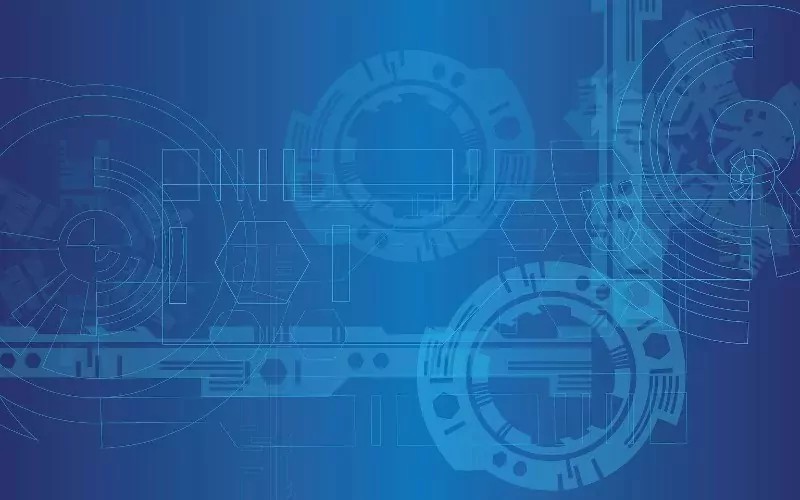Technology weaves into daily life, offering efficiency and entertainment.
Yet, our growing reliance raises concerns about a creeping dependency that impacts both individuals and society with profound effects.
The Ubiquity of Technology
Technology is entwined with every aspect of our lives. It entertains, connects, and informs us. Yet, the balance between beneficial use and over-dependence is delicate. Over time, technology has become as integral to life as breathing. This omnipresence, while advantageous, incurs a cost. When does convenience cross into addiction? Observing children adeptly handling devices and teens glued to screens, we realise technology’s pervasive role. As these habits solidify, the line between user and over-user blurs, questioning our dependency.
The societal norms further embed this dependence. Our work and social lives are not just assisted by technology, but often dictated by it. The unusual look you receive for not possessing a social media account is testimony to this changing cultural landscape. In the past, such reactions were reserved for an unconventional lifestyle. Today, ignoring technology in social interactions seems bizarre. We’ve reached a point where technology isn’t just supplementary; it’s obligatory.
Understanding the Impact
The physical and psychological impact of excessive technology use is becoming more apparent. Internet addicts can experience withdrawal symptoms akin to those associated with substance addictions. This ‘cold turkey’ effect occurs when habitual usage is abruptly stopped. Such instances shed light on the intensity of our reliance.
Carpal tunnel syndrome is another consequence. Spending over three hours per day on a device increases the risk. Meanwhile, institutions like the reSTART centre have emerged to treat severe addiction cases. Despite this, major psychological manuals have yet to classify internet addiction formally. The gap between technology’s rapid growth and regulatory safeguards is widening.
The prevalence of this issue is underscored by studies, such as those led by Professor Ofir Turel of California State University, which suggests that a significant proportion of the population displays symptoms of tech addiction. For many, checking notifications and experiencing phantom vibrations are daily norms. The constant pull to look at one’s phone illustrates the invisible tether that technology has become in our lives.
Tackling the Dependence
How can individuals counteract this growing dependency? Total abstinence from technology is impractical in our digital age, but self-regulation offers a practical alternative. By setting clear boundaries, such as limiting device usage to specific hours, the hold of technology can be mitigated.
For children, restricting tech time is essential. Equating giving a smartphone to a child with offering them a harmful substance may sound drastic, but it highlights the potential danger. Solutions include turning off notifications to avoid constant disruptions and using flight mode during sleep to break the cycle of nighttime usage. These strategies gently nudge individuals toward healthier habits without completely disconnecting.
There’s a certain irony in using digital tools to measure screen time and combat tech reliance, yet these can help quantify one’s usage, providing insights into potential overuse. Digital decluttering, for instance, helps focus attention away from screens, promoting a more balanced digital lifestyle.
Parental and Workplace Responsibilities
Parents and workplaces alike have crucial roles in mitigating tech dependency. By fostering environments that encourage balance, both realms can significantly reduce over-reliance. Encouraging alternatives to screen time for children, such as physical activities or creative play, is foundational.
In professional settings, leaders can champion a culture that values digital balance. Implementing norms like designated offline times or discouraging after-hours emails might significantly ease the ‘always-on’ mentality. By doing so, organisations not only enhance employee well-being but also potentially increase productivity.
The Personal Journey
Acknowledging one’s addiction is vital. Recognising the problem is often the first step towards solving it. The pervasive nature of technology makes this challenging but not impossible. Regularly reflecting on one’s tech habits encourages mindful usage, fostering a healthier relationship with digital tools.
For many, it begins with tackling simple habits, like reducing screen time incrementally. Over time, these small adjustments lead to larger behavioural changes. As individuals develop more conscious digital habits, they gradually regain control over their consumption.
Ultimately, managing technology use is a deeply personal journey. Each individual must find their balance, adapting strategies that best fit their lifestyle and challenges.
Building a Healthier Tech Future
Creating a healthier relationship with technology involves collective effort. Society must adjust its view, recognising that technology is a tool requiring careful management. A shift in educational focus towards digital etiquette and responsible use can lay groundwork for future generations.
Moreover, tech developers bear a responsibility to design products that encourage healthy usage patterns. Features that promote breaks and limit excessive use can be part of standard offerings. Such thoughtful design reduces potential addiction and supports user well-being.
Conclusion
In a world dominated by screens, finding equilibrium is crucial. While technology enriches our lives, unchecked dependency poses risks. By acknowledging the issue and implementing strategies for balanced use, we can harness technology’s benefits while safeguarding our well-being.
Balancing technology use is essential for a healthy lifestyle.
By recognising the symptoms and applying thoughtful measures, we navigate towards a more sustainable digital presence.

